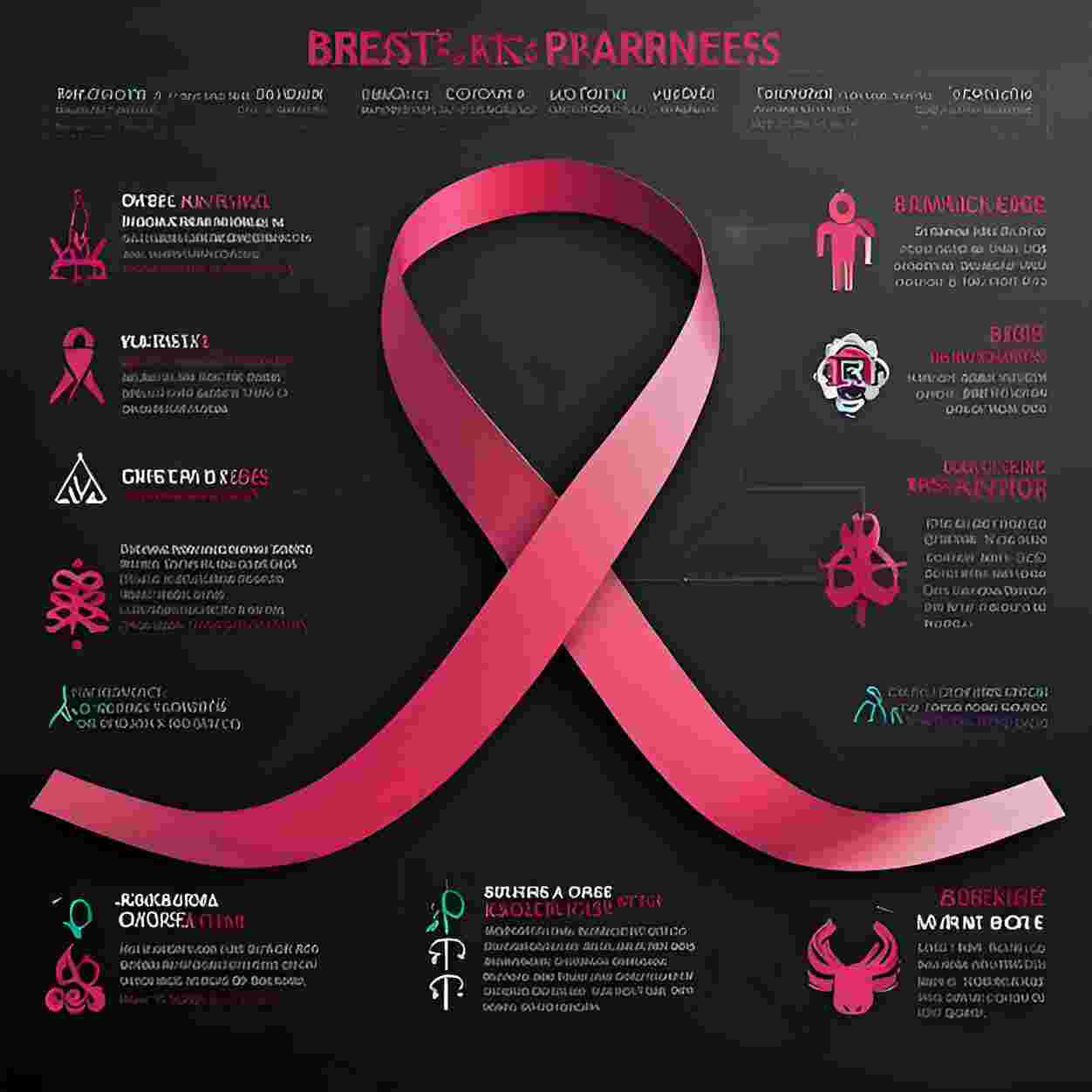The global landscape of cancer continues to evolve, presenting both challenges and opportunities for healthcare systems worldwide. With cancer rates climbing steadily across diverse populations, understanding epidemiological patterns becomes crucial for effective healthcare planning and resource allocation. This comprehensive analysis explores the data behind cancer prevalence, focusing on the most common types of cancer that impact millions of lives annually.
The Current State of Global Cancer Incidence
Recent epidemiological studies reveal that cancer incidence has reached unprecedented levels, with approximately 20 million new cases diagnosed globally each year. This upward trend reflects multiple factors including population aging, improved diagnostic capabilities, and changing lifestyle patterns across different regions. The burden varies significantly between developed and developing nations, creating unique challenges for healthcare policy makers.
Cancer mortality rates, while still concerning, have shown encouraging improvements in many regions due to advances in early detection and treatment modalities. However, the absolute number of cancer cases continues to rise, emphasizing the need for robust prevention strategies and healthcare infrastructure development.
Primary Cancer Categories Affecting Global Populations
Respiratory System Malignancies
Lung cancer maintains its position as the leading cause of cancer-related deaths worldwide, representing the most deadly among common cancer types. The disease affects approximately 2.2 million people annually, with smoking remaining the primary risk factor. However, increasing cases among non-smokers, particularly in urban areas with high air pollution, highlight the complex environmental factors contributing to this malignancy.
Geographic variations in lung cancer rates correlate strongly with tobacco consumption patterns and environmental exposures. Countries with established tobacco control programs show declining incidence rates, while regions with increasing smoking prevalence face rising case numbers.
Mammary Gland Carcinomas
Breast cancer stands as the second most diagnosed malignancy globally, affecting over 2.3 million individuals annually. This cancer type demonstrates significant regional variations, with higher incidence rates observed in developed countries. The disease predominantly affects women, though male breast cancer cases, while rare, require equal attention in clinical practice.
Survival rates for breast cancer have improved dramatically over recent decades, largely due to enhanced screening programs and targeted therapeutic approaches. Early detection through mammography screening has proven particularly effective in reducing mortality rates.
Gastrointestinal Tract Cancers
Colorectal cancer represents a significant portion of global cancer burden, with distinct patterns emerging across different populations. Environmental factors, dietary habits, and genetic predispositions all contribute to the development of this malignancy. The disease shows higher prevalence in industrialized nations, likely reflecting dietary patterns rich in processed foods and low in fiber.
Demographic and Geographic Cancer Patterns
The distribution of most common forms of cancer reveals fascinating demographic patterns that inform public health strategies. Age remains the strongest predictor of cancer risk, with incidence rates increasing exponentially after age 50. However, certain cancer types show concerning trends toward younger age groups, particularly colorectal and breast cancers.
Gender disparities in cancer incidence reflect both biological differences and varying exposure patterns. While some cancers show clear gender preferences due to anatomical factors, others demonstrate shifts in gender distribution as lifestyle factors change across populations.
Risk Factors and Prevention Opportunities
Understanding the epidemiology of cancer reveals numerous prevention opportunities. Tobacco use remains the single most preventable cause of cancer, contributing to multiple cancer types beyond lung cancer. Dietary factors, physical activity levels, and occupational exposures also play crucial roles in cancer development.
Infectious agents contribute significantly to global cancer burden, particularly in developing regions. Human papillomavirus, hepatitis B and C viruses, and Helicobacter pylori infections account for substantial proportions of cancer cases in specific geographic areas.
Screening and Early Detection Impact
Population-based screening programs have demonstrated remarkable success in reducing cancer mortality for specific cancer types. Cervical cancer screening through Pap smears and HPV testing has dramatically reduced incidence rates in countries with organized screening programs. Similarly, mammography screening and colonoscopy programs have contributed to improved outcomes for breast and colorectal cancers respectively.
The effectiveness of screening programs depends heavily on population participation rates, healthcare infrastructure, and follow-up care quality. Disparities in screening access contribute to cancer outcome inequalities across different socioeconomic groups.
Future Directions in Cancer Epidemiology
Emerging data suggests that most frequent cancers worldwide may shift in coming decades due to changing risk factor profiles and demographic transitions. Climate change, urbanization, and evolving lifestyle patterns will likely influence cancer patterns in ways that are only beginning to be understood.
Precision medicine approaches and genetic screening technologies offer new opportunities for cancer prevention and early detection. However, equitable access to these advances remains a significant challenge for global cancer control efforts.
Conclusion
The epidemiological landscape of cancer provides critical insights for shaping future healthcare policies and research priorities. While the global burden continues to grow, understanding patterns in common cancer types enables targeted interventions that can significantly impact population health outcomes. Continued investment in cancer surveillance, prevention programs, and equitable healthcare access remains essential for addressing this global health challenge.
Latest Reports:-
Retinopathy Of Prematurity Market | Richter Syndrome Market | Ringworm Market | Rosacea Market | Rotator Cuff Injuries Market | Shingles Market | Short Bowel Syndrome Drug Market | Short Bowel Syndrome Market | Shoulder Replacement Devices Market | Sickle Cell Disease Market | Sinusitis Market | Sjogren’s Syndrome Market | Skin Grafting Devices Market | Skin Neoplasm Market | Nicotine Addiction Market | Smoking Cessation Market | Spinal Cord Injury Market | Spinal Cord Stimulators Market | Spinal Decompression/traction Devices Market | Spinal Implants Market | Spinal Non-fusion Devices Market | Spinal Trauma Devices Market | Orthobiologics Market | Spondylolisthesis Market | Sporadic Inclusion Body Myositis Sibm Market | Staphylococcus Aureus Infection Market




